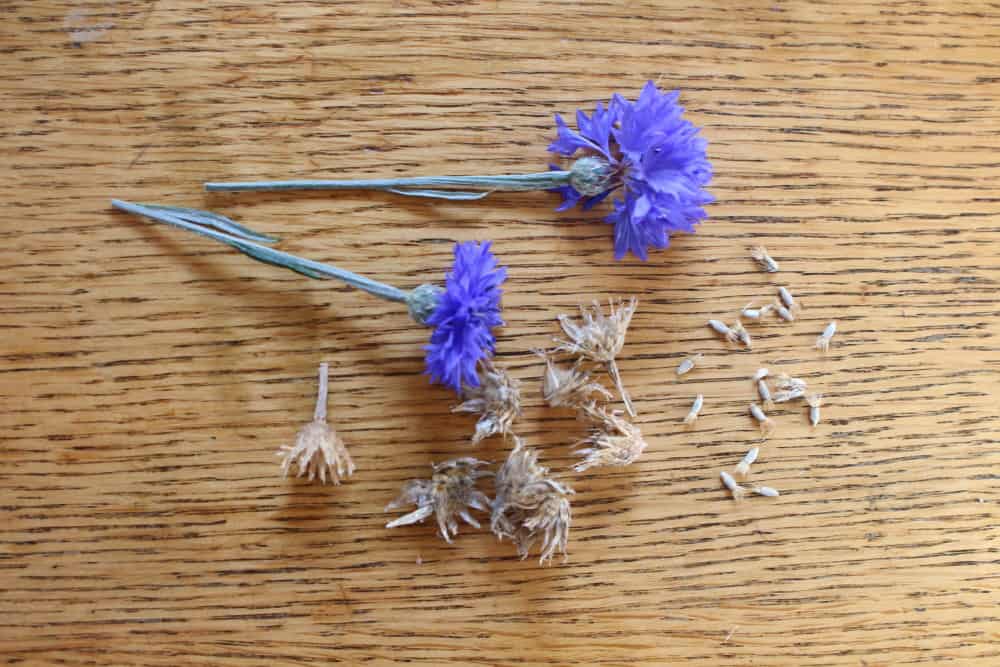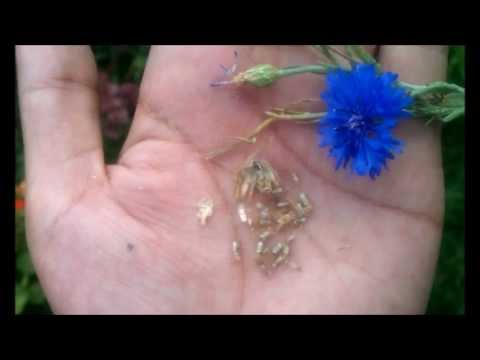Harvesting cornflower seeds is done by waiting until the flowers dry out, then rubbing the flower heads to release the seeds. To harvest cornflower seeds, wait until the flowers dry out, then rub the flower heads to release the seeds.
Cornflowers, also known as Centaurea cyanus, are beautiful flowering plants that are native to Europe. They produce vibrant blue, pink, or purple flowers that add a pop of color to gardens and landscapes. Harvesting cornflower seeds ensures that you can enjoy these stunning flowers year after year.
We will provide step-by-step instructions on how to harvest cornflower seeds so that you can successfully grow your own cornflowers at home or in your garden. Let’s get started!

Credit: pipmagazine.com.au
How to Harvest Cornflower Seeds: Step by Step Guide
Choosing The Right Time For Harvesting
Harvesting cornflower seeds at the right time is crucial for optimal seed maturity. Timing the life cycle of cornflowers is essential for achieving the best results.
One key aspect to consider is the blooming stage of the flowers. Cornflowers typically bloom in the summer months, and the seeds form after the flowers have completed their blooming cycle. It is important to wait until the flowers have fully dried and the seed heads turn brown before harvesting. This ensures that the seeds have reached their maximum maturity.
Another indicator of seed maturity is the appearance of the seed heads. When the seed heads turn from a vibrant green to a light brown color, it is a sign that the seeds are ready for harvest.
It is also recommended to keep an eye on the weather conditions. Harvesting cornflower seeds on a dry and sunny day is ideal, as moisture can impact the quality of the seeds.
By following these guidelines, you can ensure that you harvest cornflower seeds at their prime, resulting in successful seed collection for future planting or use.
Preparing The Cornflower Plants For Harvest
When harvesting cornflower seeds, it is important to properly prepare the plants to ensure the best yield. Pruning and removing deadheads is a critical step in this process. By regularly pruning the plants, you can encourage new growth and prevent the formation of seeds prematurely. Deadheading involves removing the spent blooms to redirect the plant’s energy towards seed production. This not only increases the number of seeds but also promotes a healthier plant overall.
Ensuring optimal plant health is another key aspect of preparing cornflowers for seed harvest. Proper watering, adequate sunlight, and regular fertilization are essential for strong and robust plants. Providing the right conditions will help maximize seed production and improve the overall quality of the seeds.
To prevent cross-pollination, it is advisable to separate different varieties of cornflowers when planting. This will help maintain the purity of the seeds and prevent unwanted hybridization. Additionally, planting cornflowers away from other flowering plants can minimize the risk of cross-pollination by insect pollinators.
Harvesting And Collecting Cornflower Seeds
To harvest cornflower seeds, it is important to ensure that the seed heads are ready for collection. Look for seed heads that have turned brown or yellow and feel dry to the touch. Avoid collecting seeds from heads that are still green or have any signs of mold or mildew. The maturity of the seed heads is crucial to ensure successful germination of the collected seeds.
When selecting seed heads for collection, choose the largest and most robust-looking heads. These will often have the most viable seeds. Inspect the heads closely to ensure they are free from damage or insect infestations. By choosing healthy and undamaged seed heads, you increase the chances of obtaining high-quality seeds that will yield healthy plants.
To collect cornflower seeds, gently hold the seed head over a container or bag and rub it between your fingers. This will help release the ripe seeds, which will fall into the container. Continue this process until all the seeds from the selected seed heads have been collected.
After collecting the seeds, it is crucial to store them properly to maintain their viability. Place the seeds in a dry and airtight container, such as a glass jar or a sealed plastic bag. Store the container in a cool and dark place, away from any moisture or direct sunlight. Proper storage will ensure that the collected cornflower seeds remain viable for planting in the future.
Frequently Asked Questions Of How To Harvest Cornflower Seeds
Can You Save Seeds From Cornflowers?
Yes, you can save seeds from cornflowers for future planting. Just ensure they are fully matured and dry before harvesting. Store them in a cool, dry place in a sealed container.
Can Cornflower Seeds Be Scattered?
Yes, cornflower seeds can be scattered.
How Do You Harvest Cornflower Seeds?
To harvest cornflower seeds, wait for the flower heads to dry and turn brown. Then, cut the entire head off and place it in a paper bag. Hang the bag upside down to allow the seeds to naturally fall out.
Finally, store the seeds in a dry and cool place for future use.
When Is The Best Time To Harvest Cornflower Seeds?
The best time to harvest cornflower seeds is when the flower heads have turned brown and dried out completely. This usually occurs in late summer to early fall. Waiting until this stage ensures that the seeds are fully mature and ready to be harvested.
Conclusion
To wrap things up, harvesting cornflower seeds is a simple and rewarding process. By following the steps outlined in this guide, you can ensure a successful harvest and enjoy the beautiful blooms year after year. From choosing the right time to gathering the mature seeds, these techniques will help you make the most of your cornflower plants.
So put on your gardening gloves and get ready to reap the benefits of a bountiful cornflower seed harvest. Happy gardening!

